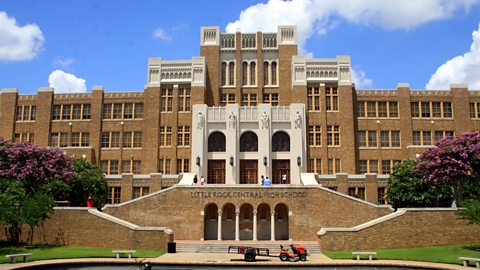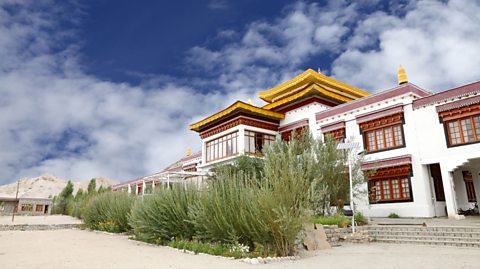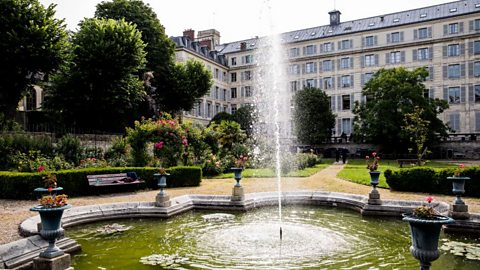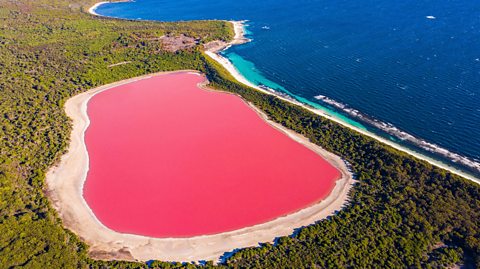You might be able to think of some fictional schools you wish to attend, be it for their amazing architecture or cool subjects of study.
But there are some important schools that changed the game in real life. From the North American suburbs to the Himalayan mountains, we take a look at three schools that have left their mark on history.

1. A catalyst for change: Little Rock Central High School
Little Rock Central High School of Little Rock, Arkansas, USA, was completed in 1927. With its Gothic Revival architecture, it’s easy to imagine the castle-like backdrop in a dreamy American high school movie.
But the school made a significant mark on history 30 years later when it was desegregated and accepted nine black students to study alongside their white peers. The admittance of the Little Rock Nine drew attention from all over the world and was one of the events that contributed to the passing of the 1957 Civil Rights Act, though many agreed that the US government had a long way to go still towards truly honouring desegregation. The school is now recognised as a National Historic Site.

2. Locally grown: Druk White Lotus school
The Druk White Lotus school (Druk Padma Karpo School) is an ongoing architectural building project that started building in the mountainous region of Ladakh, India, in 1998. It admitted nursery age to primary school students by 2004 and secondary school facilities were completed in 2015. The region of Ladakh is very remote, and snow renders its two main roads impassable for as many as seven or eight months each year. The school provides for local children who otherwise might not have had access to school education.
The school was built using sustainable materials, including limestone from the surrounding mountains and traditional mud techniques, and has an environmentally-focused design which includes trombe walls and solar panels. The philosophy of the school is to prepare children for the 21st Century with modern technology, but also focus on preserving traditional Tibetan Buddhist culture.

3. Breaking boundaries: Institut National de Jeunes Sourds de Paris
The Institut National de Jeunes Sourds de Paris (National Institute for Deaf Children of Paris) was the world’s first free school for deaf children, when it opened in the French capital in the 18th Century. It was founded in stages between 1750-1760 by Charles-Michel de l'Épée, a philanthropist who noticed two sisters communicating in sign language while doing religious charity work. This shelter-turned-school paved the way for many advances in language, science, and civil rights for the deaf.
At this time it was largely believed that deaf people weren’t capable of learning language, and Charles-Michel’s school and teaching methods were made purposefully public to challenge this belief. He was taught to sign by some of the pupils and went on to record the French signs that he had learnt, so they could be taught to other educators. Access to education in the l'Épée method of sign allowed deaf people to defend themselves in court for the first time.
A pioneering deaf educator, Jean Massieu, was one of six deaf siblings and was denied education until age thirteen, but went on to teach at the Institut National de Jeunes Sourds de Paris in the 19th Century. He helped develop the first formalised French sign language and taught Laurent Clerc, who then co-founded the first school for the deaf in the USA. Prosper Menière, a 19th Century physician, was able to examine patients who were pupils at the school experiencing The sensation that you, or the environment around you, is moving or spinning. associated with hearing loss. From his findings, Menière formed the then-controversial theory that vertigo was caused by problems with balance in the inner ear.
Where on Earth? The deceivingly difficult location quiz
±«Óătv Bitesize challenges you to put your geography skills to the test in this deceptive quiz.

Are these the most futuristic buildings in the world?
±«Óătv Bitesize takes a look at some of the most other-worldly buildings from across the globe.

Seven sensational facts about rainbows
Do you know there are invisible colours in a rainbow? Learn more fascinating rainbow trivia.
